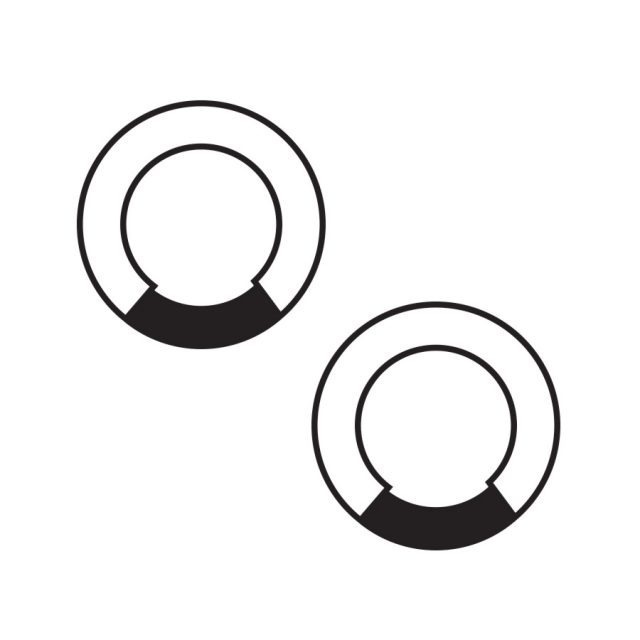
Ummantelungsdichtungen
Ummantelungsdichtungen eignen sich gut für Anwendungen, bei denen die Integrität von reinem PTFE und die guten mechanischen Eigenschaften des Dichtungsmaterials im Inneren des Gehäuses kombiniert werden sollen.
Typische Anwendungsfälle sind Glas und verstärkte Kunststoffrohre in der Pharma-, Chemie- und Lebensmittelindustrie.
Innerhalb der Ummantelungsdichtungen befindet sich in einer PTFE-Hülle eine weiche Faserdichtung. Je nach Anwendung können die Ummantelungsdichtungen auch in vielen Millimetern Dicke hergestellt werden. Dann befinden sich im Inneren der Hülle viele weiche Kautschuk- oder Faserdichtungen und dazwischen eine gewellte Metallplatte.
Es gibt mehrere Variationen der Ummantelungsarten, zum Beispiel Flossen- und quadratische Typen. Meistens verwenden wir einen quadratischen Mantel, da der Fluss des Mediums unverändert bleibt. Die Innenfläche des quadratischen Mantels hat einen tiefen PTFE-Bereich, der sicherstellt, dass die weiche Dichtung im Inneren trotz geringfügiger Innenbeschädigungen unberührt bleibt.